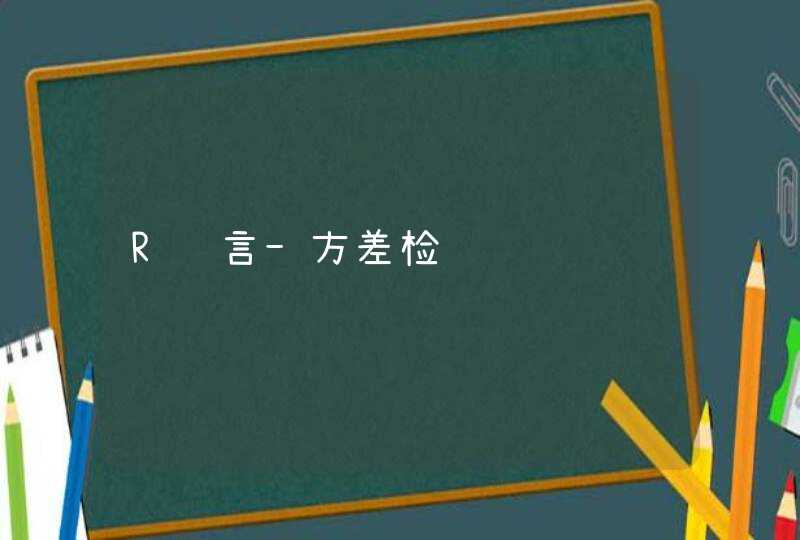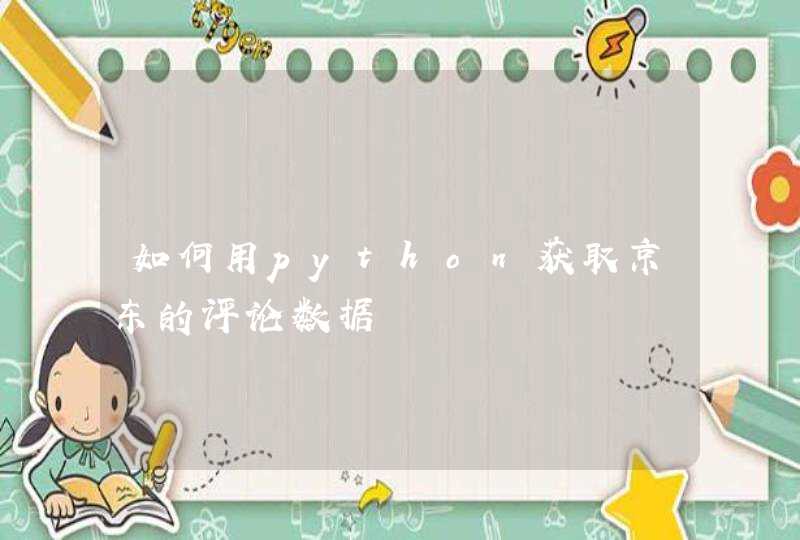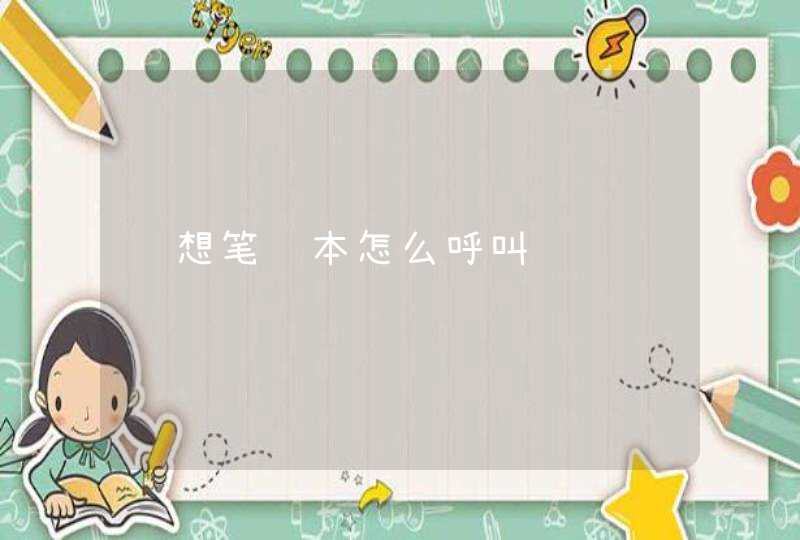
代码如下:
public static void readFile() throws IOException{RandomAccessFile f = new RandomAccessFile("test.txt", "r")
byte[] b = new byte[(int)f.length()]
//将文件按照字节方式读入到字节缓存中
f.read(b)
//将字节转换为utf-8 格式的字符串
String input = new String(b, "utf-8")
//可以匹配到所有的数字
Pattern pattern = Pattern.compile("\\d+(\\.\\d+)?")
Matcher match = pattern.matcher(input)
while(match.find()) {
//match.group(0)即为你想获取的数据
System.out.println(match.group(0))
}
f.close()
}
JAVA中读取文件内容的方法有很多,比如按字节读取文件内容,按字符读取文件内容,按行读取文件内容,随机读取文件内容等方法,本文就以上方法的具体实现给出代码,需要的可以直接复制使用public class ReadFromFile {
/**
* 以字节为单位读取文件,常用于读二进制文件,如图片、声音、影像等文件。
*/
public static void readFileByBytes(String fileName) {
File file = new File(fileName)
InputStream in = null
try {
System.out.println("以字节为单位读取文件内容,一次读一个字节:")
// 一次读一个字节
in = new FileInputStream(file)
int tempbyte
while ((tempbyte = in.read()) != -1) {
System.out.write(tempbyte)
}
in.close()
} catch (IOException e) {
e.printStackTrace()
return
}
try {
System.out.println("以字节为单位读取文件内容,一次读多个字节:")
// 一次读多个字节
byte[] tempbytes = new byte[100]
int byteread = 0
in = new FileInputStream(fileName)
ReadFromFile.showAvailableBytes(in)
// 读入多个字节到字节数组中,byteread为一次读入的字节数
while ((byteread = in.read(tempbytes)) != -1) {
System.out.write(tempbytes, 0, byteread)
}
} catch (Exception e1) {
e1.printStackTrace()
} finally {
if (in != null) {
try {
in.close()
} catch (IOException e1) {
}
}
}
}
/**
* 以字符为单位读取文件,常用于读文本,数字等类型的文件
*/
public static void readFileByChars(String fileName) {
File file = new File(fileName)
Reader reader = null
try {
System.out.println("以字符为单位读取文件内容,一次读一个字节:")
// 一次读一个字符
reader = new InputStreamReader(new FileInputStream(file))
int tempchar
while ((tempchar = reader.read()) != -1) {
// 对于windows下,\r\n这两个字符在一起时,表示一个换行。
// 但如果这两个字符分开显示时,会换两次行。
// 因此,屏蔽掉\r,或者屏蔽\n。否则,将会多出很多空行。
if (((char) tempchar) != '\r') {
System.out.print((char) tempchar)
}
}
reader.close()
} catch (Exception e) {
e.printStackTrace()
}
try {
System.out.println("以字符为单位读取文件内容,一次读多个字节:")
// 一次读多个字符
char[] tempchars = new char[30]
int charread = 0
reader = new InputStreamReader(new FileInputStream(fileName))
// 读入多个字符到字符数组中,charread为一次读取字符数
while ((charread = reader.read(tempchars)) != -1) {
// 同样屏蔽掉\r不显示
if ((charread == tempchars.length)
&&(tempchars[tempchars.length - 1] != '\r')) {
System.out.print(tempchars)
} else {
for (int i = 0i <charreadi++) {
if (tempchars[i] == '\r') {
continue
} else {
System.out.print(tempchars[i])
}
}
}
}
} catch (Exception e1) {
e1.printStackTrace()
} finally {
if (reader != null) {
try {
reader.close()
} catch (IOException e1) {
}
}
}
}
/**
* 以行为单位读取文件,常用于读面向行的格式化文件
*/
public static void readFileByLines(String fileName) {
File file = new File(fileName)
BufferedReader reader = null
try {
System.out.println("以行为单位读取文件内容,一次读一整行:")
reader = new BufferedReader(new FileReader(file))
String tempString = null
int line = 1
// 一次读入一行,直到读入null为文件结束
while ((tempString = reader.readLine()) != null) {
// 显示行号
System.out.println("line " + line + ": " + tempString)
line++
}
reader.close()
} catch (IOException e) {
e.printStackTrace()
} finally {
if (reader != null) {
try {
reader.close()
} catch (IOException e1) {
}
}
}
}
/**
* 随机读取文件内容
*/
public static void readFileByRandomAccess(String fileName) {
RandomAccessFile randomFile = null
try {
System.out.println("随机读取一段文件内容:")
// 打开一个随机访问文件流,按只读方式
randomFile = new RandomAccessFile(fileName, "r")
// 文件长度,字节数
long fileLength = randomFile.length()
// 读文件的起始位置
int beginIndex = (fileLength >4) ? 4 : 0
// 将读文件的开始位置移到beginIndex位置。
randomFile.seek(beginIndex)
byte[] bytes = new byte[10]
int byteread = 0
// 一次读10个字节,如果文件内容不足10个字节,则读剩下的字节。
// 将一次读取的字节数赋给byteread
while ((byteread = randomFile.read(bytes)) != -1) {
System.out.write(bytes, 0, byteread)
}
} catch (IOException e) {
e.printStackTrace()
} finally {
if (randomFile != null) {
try {
randomFile.close()
} catch (IOException e1) {
}
}
}
}
/**
* 显示输入流中还剩的字节数
*/
private static void showAvailableBytes(InputStream in) {
try {
System.out.println("当前字节输入流中的字节数为:" + in.available())
} catch (IOException e) {
e.printStackTrace()
}
}
public static void main(String[] args) {
String fileName = "C:/temp/newTemp.txt"
ReadFromFile.readFileByBytes(fileName)
ReadFromFile.readFileByChars(fileName)
ReadFromFile.readFileByLines(fileName)
ReadFromFile.readFileByRandomAccess(fileName)
}
}
import java.util.*import java.io.*
class SmallFile {
static final int HEADLEN = 24//头总长度
byte[] fileName = new byte[16]//列表文件名1: 长度128 想把它读到char[]里 它的编码方式不是Unicode。在不确定编码方式的时候,最好直接用byte[]来存放
int offset//列表文件地址1: 长度32 想把它读到int里
int length = -1//列表文件长度1: 长度32 想把它读到int里
byte[] content
public SmallFile() {
}
public SmallFile(byte[] fn, byte[] content) {
Arrays.fill(fileName, (byte) 0)
if (fn != null) {
if (fn.length <= 16) {
System.arraycopy(fn, 0, fileName, 0, fn.length)
}
else {
System.arraycopy(fn, 0, fileName, 0, 16)
}
}
this.content = content
if (content != null) {
this.length = content.length
}
else {
this.length = -1
}
}
}
public class ReadBinary {
static final int HEADLEN = 8//头总长度
private String filename
private byte[] filehead = new byte[4]//文件头: 长度32 想把它读到char[]里 它的编码方式不是Unicode
private int filecount = -1//列表长度: 长度32 想把它读到int里 假设他是3 就会有3个列表文件名
private List<SmallFile>files = null
public void setFilehead(byte[] fh) {
if (fh == null)
return
Arrays.fill(filehead, (byte) 0)
if (fh.length <= 4) {
System.arraycopy(fh, 0, filehead, 0, fh.length)
}
else {
System.arraycopy(fh, 0, filehead, 0, 4)
}
}
public ReadBinary(String filename) {
try {
readFromFile(filename)
}
catch (Exception ex) {
System.out.println(ex.getMessage())
System.out.println("在载入数据文件时失败,因此视同为新建一个数据文件!")
this.filename = filename
Arrays.fill(filehead, (byte) 0)
filecount = 0
files = new ArrayList<SmallFile>()
}
}
public void readFromFile(String filename) throws Exception {
BufferedInputStream bin = new BufferedInputStream(new FileInputStream(
filename))
this.filename = filename
DataInputStream in = new DataInputStream(bin)
in.read(filehead)//文件头: 长度32 想把它读到char[]里 它的编码方式不是Unicode
filecount = in.readInt()//列表长度: 长度32 想把它读到int里 假设他是3 就会有3个列表文件名
if (files == null) {
files = new ArrayList<SmallFile>()
}
else {
files.clear()
}
for (int i = 0i <filecounti++) {
SmallFile file = new SmallFile()
in.read(file.fileName)
file.offset = in.readInt()//列表文件地址1: 长度32 想把它读到int里
file.length = in.readInt()//列表文件长度1: 长度32 想把它读到int里
files.add(file)
}
}
public void writeToFile() throws Exception {
String temp = filename + ".tmp"//临时文件
boolean exists = false
RandomAccessFile raf = null
try {
raf = new RandomAccessFile(filename, "r")//文件存在则从文件读入
exists = true
}
catch (Exception ex) {
System.out.println("文件不存在,因此启用内存写入模式")
}
if (filecount != files.size()) {
throw new Exception("怪事,居然不相同??")
}
DataOutputStream out = new DataOutputStream(new BufferedOutputStream(new
FileOutputStream(temp)))
//1、写总文件头
out.write(filehead)
out.writeInt(filecount)
//2、写列表头
int sumlength = 0
for (int i = 0i <files.size()i++) {
SmallFile file = files.get(i)
out.write(file.fileName)
if (file.length <0) {
throw new Exception("怪事,文件长度怎么可能小于0?")
}
else {
out.writeInt(ReadBinary.HEADLEN + SmallFile.HEADLEN * filecount +
sumlength)
sumlength += file.length
out.writeInt(file.length)
}
}
//3、写文件内容
for (int i = 0i <files.size()i++) {
SmallFile file = files.get(i)
if (file.content != null &&(file.length == file.content.length)) {
out.write(file.content)
}
else if (exists) {
raf.seek(file.offset)
byte[] b = new byte[file.length]
raf.read(b)
System.out.println("b:" + new String(b))
out.write(b)
}
else {
throw new Exception("怪事,又不能从内存读,又不能从文件读。这活没法干了!")
}
}
out.close()
if (raf != null) {
raf.close()
raf = null
}
System.gc()
//把原先的文件删除
File f = new File(filename)
f.delete()
//再把临时文件改名到正式文件
File f2 = new File(temp)
f2.renameTo(f)
}
public void addFile(SmallFile file) {
if (files != null) {
filecount++
files.add(file)
}
}
public static void test1(){
ReadBinary rb = new ReadBinary("f:\\temp\\rb.dat")
rb.setFilehead("HEAD1234567890122222222222222222".getBytes())
SmallFile f = new SmallFile("第1个文件".getBytes(), "第1个文件的内容".getBytes())
rb.addFile(f)
try {
rb.writeToFile()
}
catch (Exception ex) {
ex.printStackTrace()
}
}
public static void test2(){
ReadBinary rb = new ReadBinary("f:\\temp\\rb.dat")
rb.setFilehead("HEA".getBytes())
SmallFile f = new SmallFile("第2个文件".getBytes(), "第2个文件的内容".getBytes())
rb.addFile(f)
try {
rb.writeToFile()
}
catch (Exception ex) {
ex.printStackTrace()
}
}
public static void main(String[] args) {
//test1()
test2()
}
}





































































